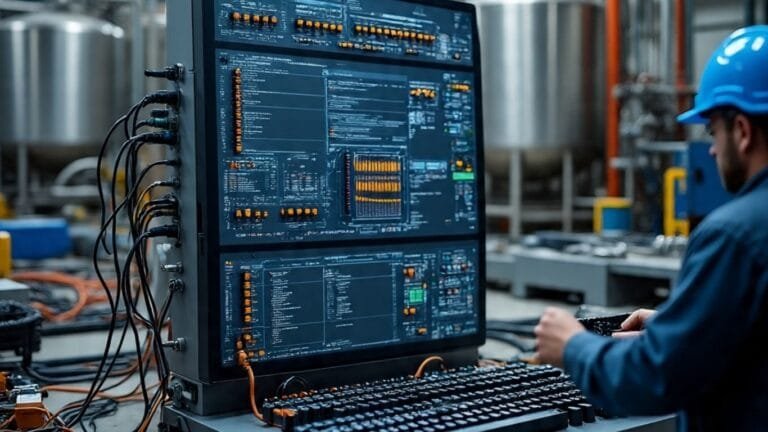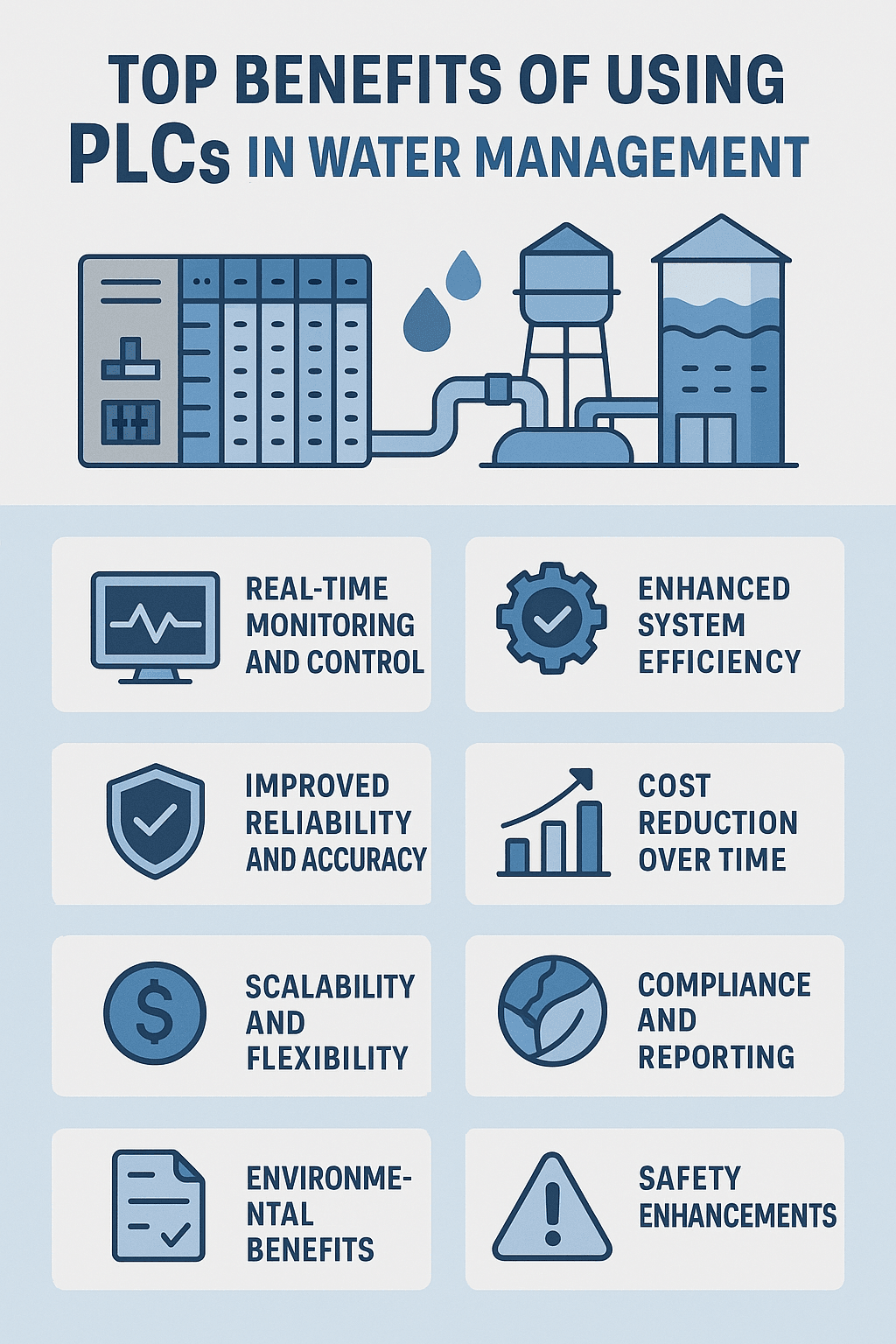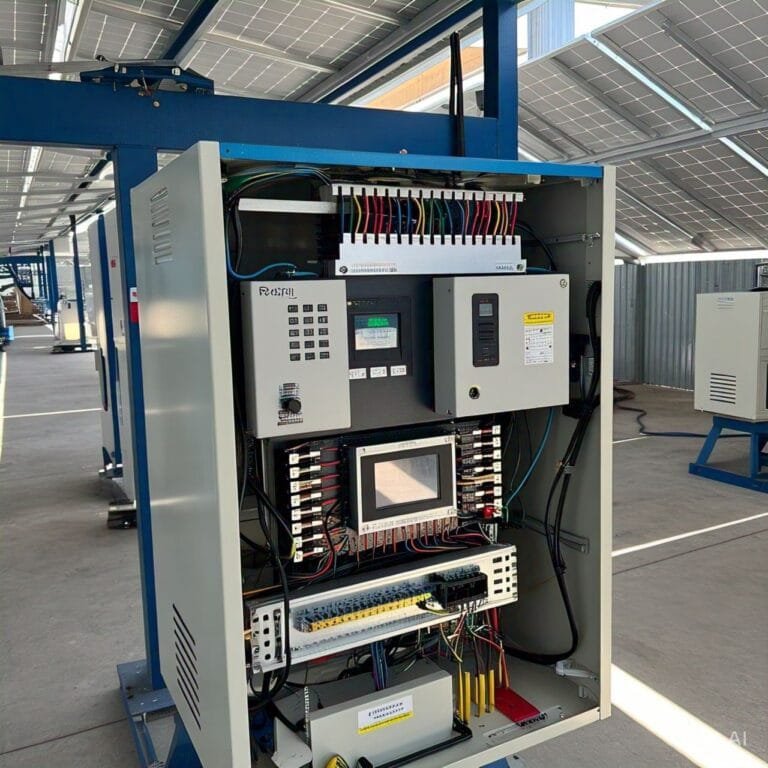Key Technologies Powering the Shift from Discrete to Digital Supply Networks
The global supply chain is undergoing a rapid transformation, shifting from traditional, linear systems known as discrete supply chains to interconnected, intelligent, and responsive digital supply networks (DSNs). This evolution is driven by a host of emerging technologies that allow companies to gather real-time data, automate decision-making, and improve responsiveness across the entire value chain.
In this article, we’ll explore the key technologies that are enabling this shift, and how they are redefining the future of supply chain operations.
Understanding the Discrete vs. Digital Supply Network Model
What is a Discrete Supply Chain?
A discrete supply chain operates in isolated segments: planning, sourcing, manufacturing, and delivery are all separate and loosely connected. These systems typically rely on manual processes and delayed data updates, which limit visibility and responsiveness.
What is a Digital Supply Network?
A digital supply network (DSN), in contrast, integrates data from across the supply chain and uses it in real time to support faster, more informed decision-making. DSNs are built on a foundation of digital technologies, allowing for automation, end-to-end visibility, and predictive capabilities.
1. Internet of Things (IoT)
Real-Time Data from the Physical World
The Internet of Things (IoT) is revolutionizing how supply chains operate by enabling real-time monitoring of goods, equipment, and transportation assets. Sensors embedded in machinery, packaging, and vehicles collect data such as temperature, location, humidity, and machine performance.
Benefits for Supply Networks
-
Real-time tracking of goods and inventory
-
Predictive maintenance for factory equipment
-
Improved logistics and reduced delays
-
Enhanced quality control through continuous monitoring
IoT turns passive physical systems into intelligent, data-generating assets, which is a key capability of any digital supply network.
2. Artificial Intelligence (AI) and Machine Learning (ML)
Smarter Decisions at Every Stage
AI and ML provide the computational intelligence required to turn vast amounts of data into actionable insights. In a digital supply network, these technologies are used to forecast demand, detect anomalies, and automate decision-making.
Use Cases of AI in DSNs
-
Demand forecasting: AI models predict customer demand with greater accuracy
-
Supplier risk assessment: ML identifies potential supplier failures
-
Warehouse automation: AI optimizes picking, packing, and shipping
-
Dynamic pricing and inventory management: AI suggests real-time adjustments based on market shifts
By enabling predictive and prescriptive analytics, AI and ML drive agility and responsiveness.
3. Cloud Computing
Scalable and Accessible Data Infrastructure
Cloud technology provides the infrastructure to store, manage, and analyze large volumes of supply chain data. It eliminates the need for on-premise servers, making it easier for organizations to scale and collaborate.
How Cloud Transforms Supply Chains
-
Centralized data access from multiple locations
-
Easy integration with suppliers and partners
-
Scalable computing power for analytics and simulation
-
Enhanced disaster recovery and data security
Cloud computing serves as the digital backbone of modern supply networks.
4. Blockchain Technology
Enhancing Trust and Transparency
Blockchain is a decentralized digital ledger that enables secure, immutable transactions. In supply chains, it’s particularly useful for tracking the provenance of goods, ensuring data accuracy, and building trust across participants.
Key Applications in DSNs
-
End-to-end product traceability
-
Automated smart contracts for payments and compliance
-
Fraud prevention through immutable records
-
Real-time audit trails and certification validation
Blockchain provides the transparency and trustworthiness needed in global, complex networks.
5. Advanced Robotics and Automation
Automating Physical Processes
Modern robotics and automation technologies are transforming warehouses, manufacturing plants, and even transportation hubs. Robots equipped with AI can perform repetitive tasks with high efficiency, reducing human error and increasing speed.
Robotics Use in DSNs
-
Autonomous mobile robots in warehouses
-
Robotic arms for picking and sorting
-
Drones for inventory checks and last-mile delivery
-
Self-driving vehicles for logistics
These technologies bridge the gap between digital intelligence and physical execution.
6. Digital Twins
Simulating Supply Chains in Real Time
A digital twin is a virtual replica of a physical object or process. In DSNs, digital twins allow companies to simulate supply chain scenarios, test decisions, and predict outcomes without disrupting operations.
Advantages of Digital Twin Technology
-
Real-time modeling of supply chain dynamics
-
Scenario testing for disruptions or policy changes
-
Continuous improvement through simulation
-
Better risk management and contingency planning
Digital twins create a feedback loop that enhances the accuracy and adaptability of supply networks.
7. 5G Connectivity
Faster, Reliable Communication
5G technology provides the high-speed, low-latency connectivity necessary for many digital supply chain technologies to function effectively. It supports real-time data transfer, remote monitoring, and high-bandwidth IoT devices.
Impact on Supply Networks
-
Seamless communication between sensors, devices, and systems
-
Real-time tracking with minimal latency
-
Improved mobile access to supply chain platforms
-
Greater responsiveness in autonomous operations
5G serves as a crucial enabler for IoT and cloud-based platforms in DSNs.
8. Advanced Analytics and Big Data
Turning Data into Insight
As supply networks become more data-driven, advanced analytics and big data platforms are needed to process and make sense of this information. These tools support visualization, pattern recognition, and strategic decision-making.
How Analytics Supports DSNs
-
Identifying trends and inefficiencies
-
Real-time alerts for disruptions
-
KPI tracking and performance measurement
-
Cross-functional insights for better collaboration
Analytics tools transform data into a competitive advantage for modern supply chains.
Conclusion:
The shift from discrete to digital supply networks is no longer optional—it’s essential for companies seeking to remain competitive in a fast-changing global environment. The convergence of IoT, AI, cloud, blockchain, robotics, and advanced analytics has laid the foundation for intelligent, agile, and resilient supply networks.
Digital supply network suppliers that integrate these technologies not only optimize performance but also enhance their ability to adapt to market changes, customer demands, and global disruptions. The journey may require investment and change management, but the rewards in efficiency, transparency, and innovation make it well worth the effort.






